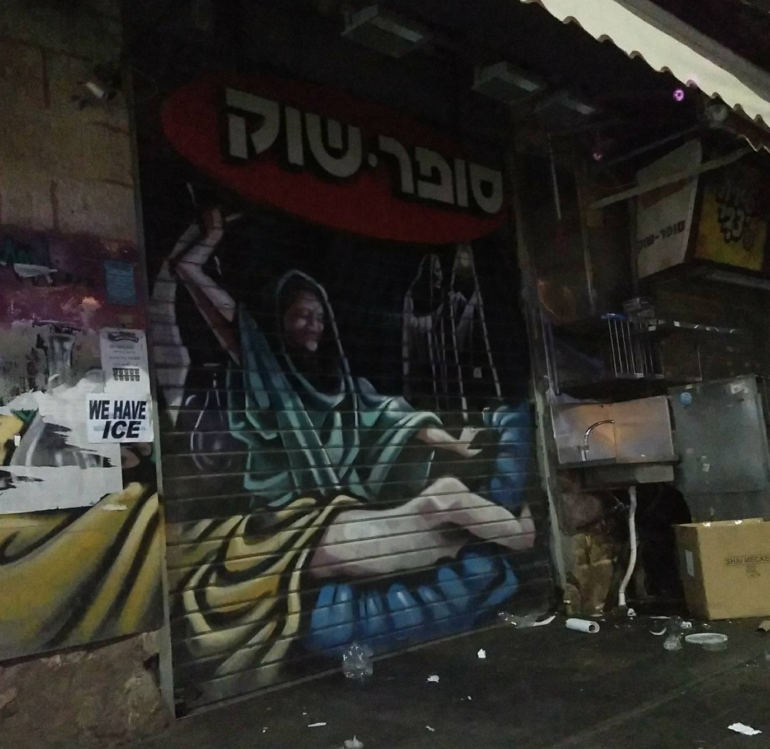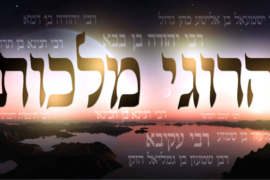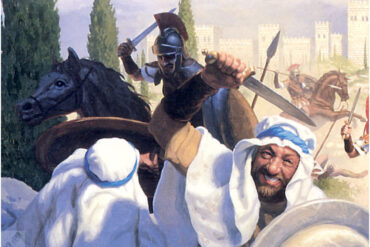During centuries of exile, the Jewish people have lost, forgotten, or abandoned many traditions. Perhaps sometimes for the better, but not always. One of those forgotten traditions is a festival called Ḥag HaBanot – the holiday of women. This festival takes place towards the end of Ḥanukah, on Rosh Ḥodesh Tevet, and honors the unique heroism and self-sacrifice of women in our resistance to the Seleucid-Greek Empire’s rule over Judea.
I’d like to share a few of my personal favorite heroines from the period of the Maccabean Revolt.
Yehudit
Ḥag HaBanot was originally celebrated by women gathering together to eat dairy foods in commemoration of Yehudit, the widowed sister of Matityahu Ḥashmonai, known for her great beauty and grace. Yehudit seduced a local Seleucid-Greek general, sedated him with goat cheese and wine, then decapitated him once he fell asleep and used his severed head to frighten his soldiers into retreat from the area
Miriam
Either a daughter or daughter-in-law to Matityahu (we have somewhat conflicting legends) who was about to be married (according to the daughter-in-law version, she was to be Elazar’s bride). According to both versions, she was essentially the catalyst for the entire armed struggle. This was a time when prima nocta laws were prevalent in Seleucid-occupied Judea, meaning that the highest ranking local imperial official had “first rights” to Judean brides on their wedding night. In this way, the occupiers attempted to defile Hebrew family life.
As these laws had been part of a larger system of oppression that the nation had slowly gotten used to under foreign rule (the alternative would have been an ostensibly suicidal war against one of that era’s great powers), the sages of Israel focused less on resistance and more on legal justifications for the new marriage to remain kosher. The story goes that at Miriam’s wedding feast, she began to strip down in public, to the anger of the Hasmonean family (whether her brothers or future brothers makes little difference in regards to the offense they would have taken at such an immodest attack on their family’s honor). In response to the outrage expressed by the sons of Matityahu, Miriam scolded the brothers for misdirecting their indignation. Rather than attack her, they should fight the foreign ruler and the very system that grants oppressors to have their way with Judean brides. The sons of Matityahu of course realized that she was correct and launched an armed guerrilla struggle that would ultimately – after twenty six years of war – end in freedom for Judea.
Ḥana
Ḥana was a righteous woman of Jerusalem with seven righteous sons. The empire sought to entice her well-respected family to publicly embrace Hellenist culture and bow before an idol. Ḥana encouraged each of her sons to resist and give their lives rather than betray Israel’s national covenant with HaShem. After six of her sons were gruesomely executed for the defiance, Ḥana kissed her youngest child and asked that he carry a message to the Hebrew patriarch Avraham. “You bound one son to the altar, but I bound seven sons.”
After her last son was executed, she threw herself from a rooftop and died.
May Israel merit more such heroic women. to see more women like this in our day.
Ḥag HaBanot sameaḥ!





